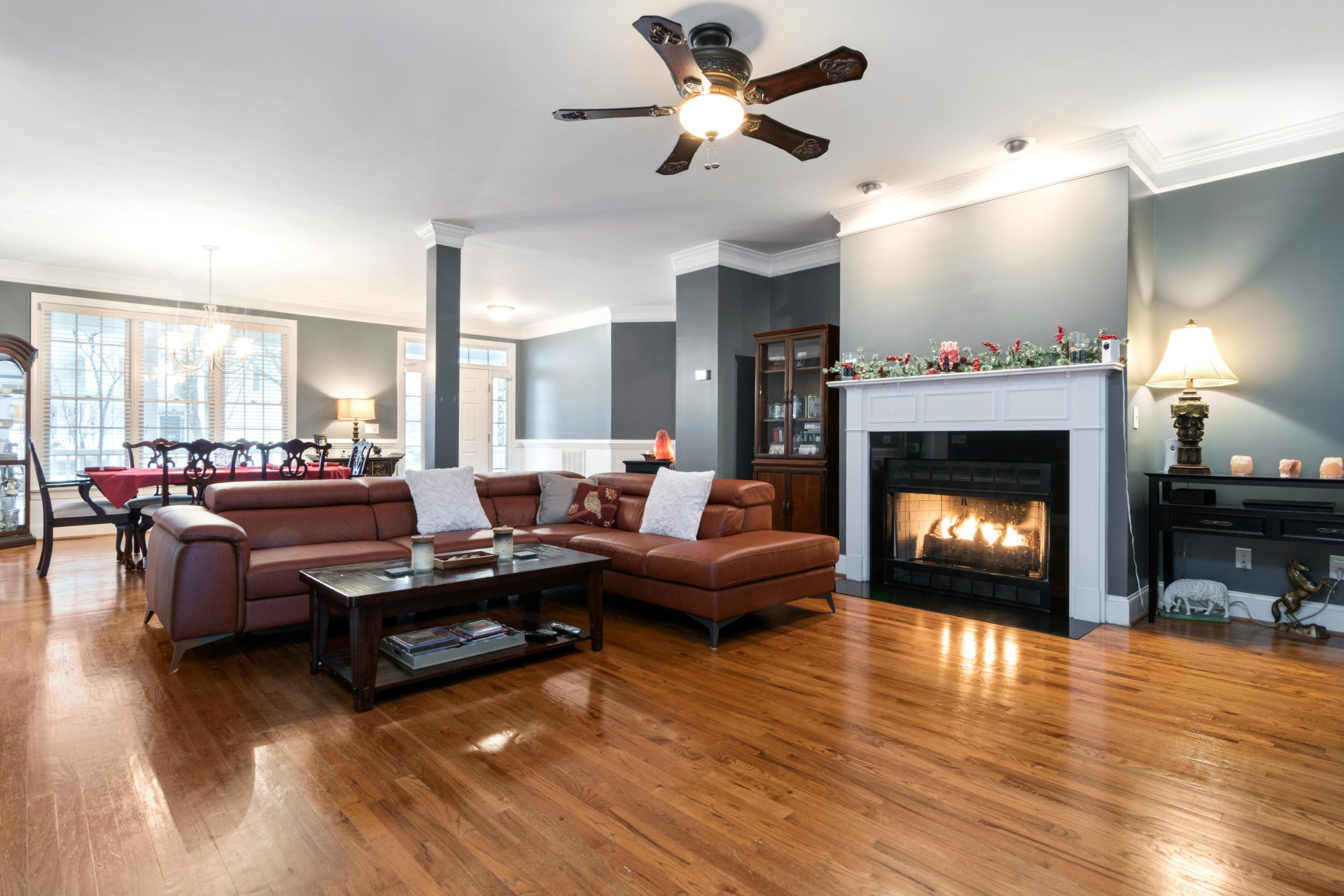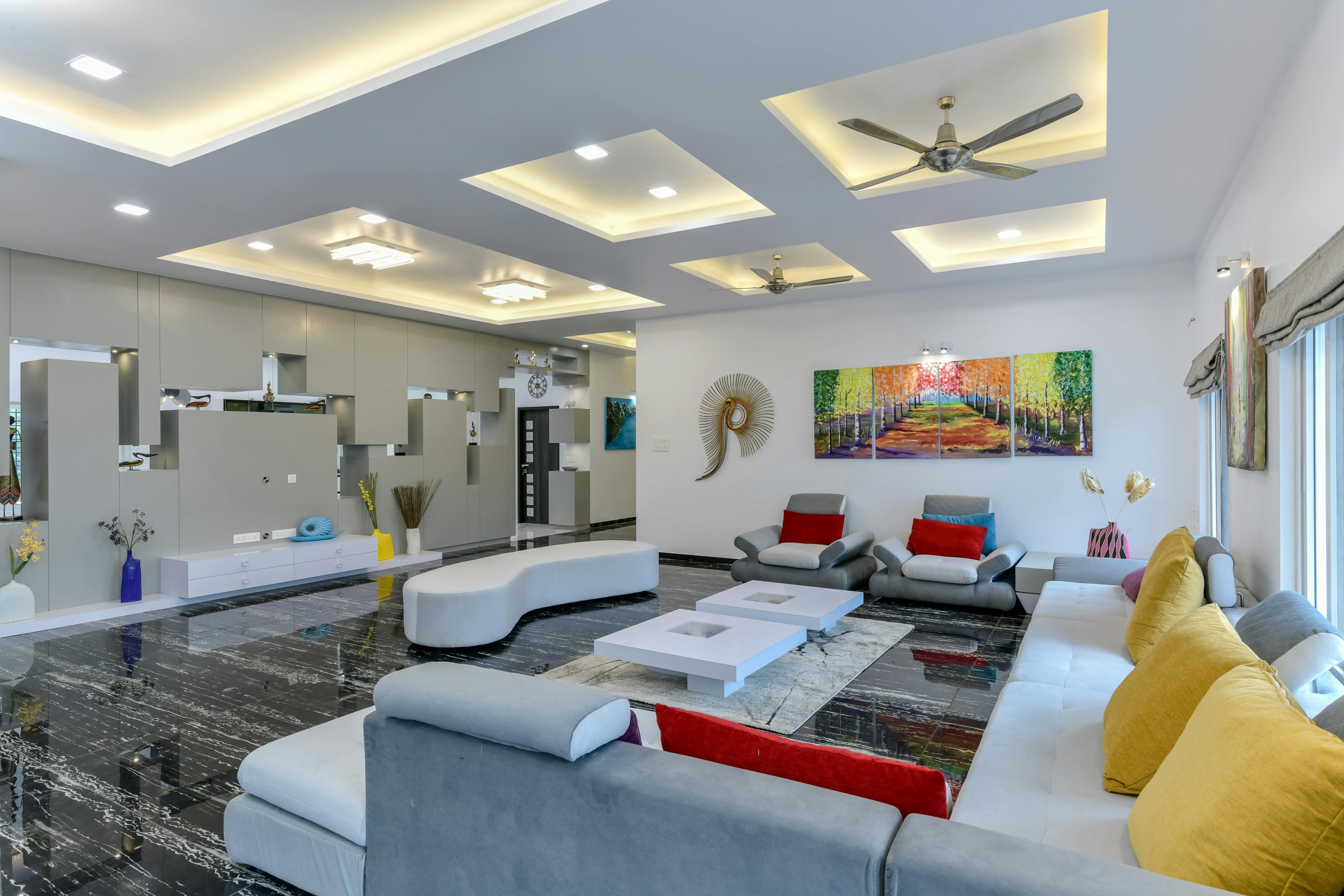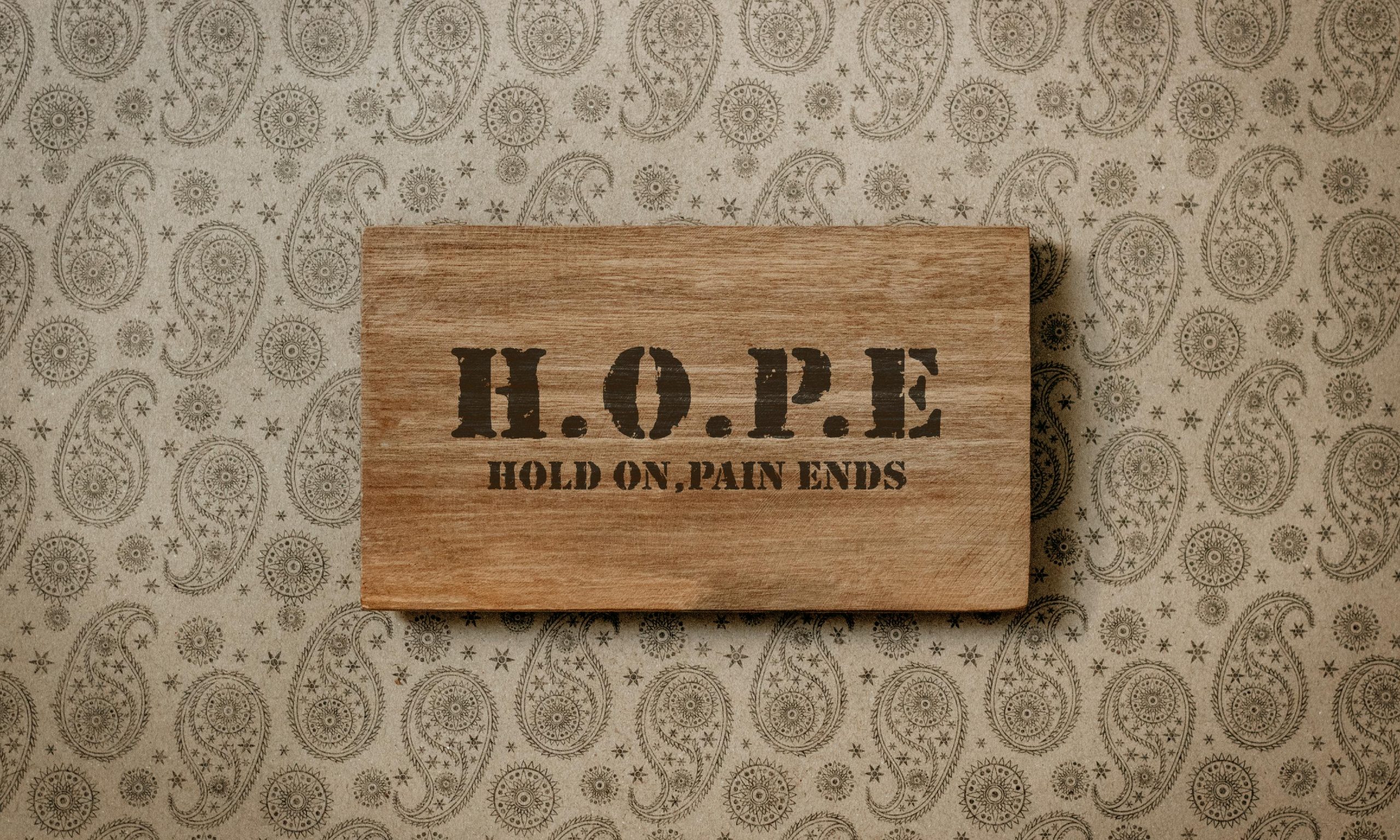User Experience in Interior Design
User experience (UX) and user interface (UI) are two terms we think that are only limited to the digital realm. When we refer to user experience (UX) design, we’re talking about providing meaningful and relevant experiences to the user. Well, beyond digital products, user experience matters in everything we do, even in interior design. A few years ago, the purpose of constructing a space was only limited to making it functional. Aesthetics didn’t matter much. Fast forward to a few years later, and interior designers are focusing more on user intent. Even most BSc in interior design courses teach students how to create a living space that supports the activities of the inhabitants.
For example, when a UI/UX designer is working on a design, they usually create layouts for images and text ensuring the text is readable. Similarly, interior designers have to select furniture, décor and lighting that go well together while ensuring the space matches the user’s lifestyle and preferences.
Impact of User Experience in Interior Design
When an interior designer evaluates a space, they listen to the needs and requirements of their clients. Based on what they want, they chalk out a few options for each room. User experience in interior design depends on the interaction of every user with their space. For a pleasant experience, proper planning and designing is crucial. Here’s how user experience impacts interior design:
Great design helps in space optimisation
Great interior design can enhance user experience in multiple ways. For instance, when a bedroom is being designed, proper planning and management is key. This will ensure the right space is used for the right purpose. A well-designed room ensures space optimisation. Users will be able to interact with their environment better. Any space that has been designed haphazardly can impact a person’s mind. It has been scientifically proven that our surroundings prompt emotional triggers. For this reason, experiential interior design has become a major trend these days. It focuses on creating human-centric design as our space can affect our mood and behaviour. Experiential design when done correctly keeps us more engaged with our spaces.
Fits user needs
When a web designer is designing a website, they make sure it looks good no matter where it is viewed. This is also referred to as responsive design. The same principle even holds good in interior design. The design of a space should be optimised as per the needs and lifestyle of the user. The requirements should be carefully considered before and during the design process. In the planning stage, the activities that will take place in that particular space should be considered. When it meets the needs of the user, the intent of interior design has been successfully met.
Makes the space more accessible
While space optimisation and fitting user needs are important aspects of UX in interior design, another criteria which a lot of designers end up missing is accessibility. The space should allow free-flowing movement. It should be as comfortable as possible. Each space should be uniquely designed to fulfil its intended purpose. Appropriate layouts should be laid out for every scenario. Designers should adhere to the minimum room dimensions and corridor width for every space.
Great design affects the mood
As mentioned earlier, our space is a reflection of our personality and affects our moods. For example, a neat setting has a calming effect on the mind whereas a cluttered setting has the reverse. For a residential project, a closely packed space may be a good idea whereas for an office, separations are a must as every cabin must have their own privacy. In interior design, every minute aspect has an impact on mood psychology. Carefully select the colour, design, texture, and materials for your furnishings. Interior designers who’ve studied decoration design courses should strive to provide experiential design to every client they’re catering too.
Conclusion
If you thought the purpose of interior design is to only create a visually-stunning masterpiece, you’re mistaken. It’s beyond that. The space designed by an interior designer is much more than the aesthetics. It’s all about user experience and creating a wholesome atmosphere. It should keep them comfortable and improve their quality of life. To learn more about user experience and user interface in interior design, get yourself an interior design diploma.




